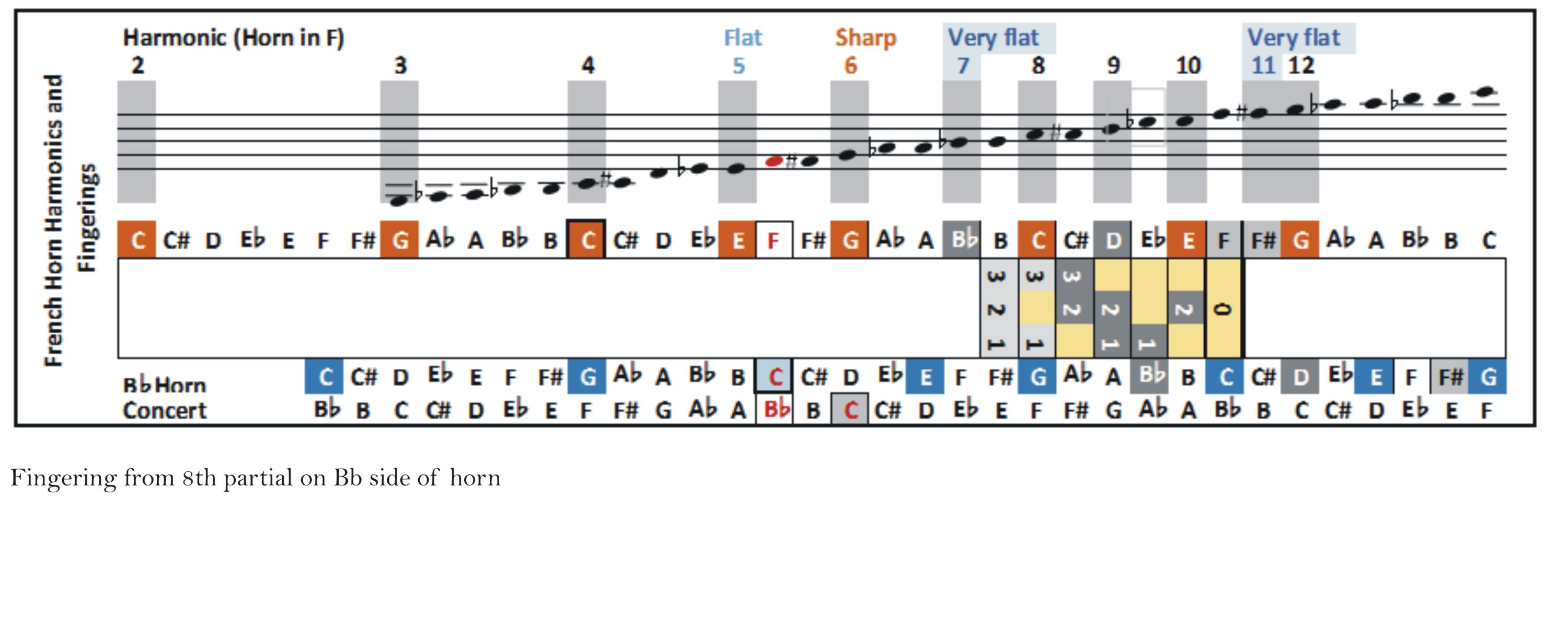

Now relax your hand so your fingers begin to gently curve.Put your fingers together as if you are making a "karate chop.".

The right hand is important for creating a clear tone and controlling intonation.

Once you have the basics, go to real music and try to play through a passage. This will help you get comfortable with fingerings in a given key. I've always found it helpful to start to learn fingering through scales. What makes the french horn more challenging is the number of alternate fingerings, both thanks to its overtone series and having a b-flat side to the instrument. The french horn is like most brass instruments in that you use valves to change pitch. It can be helpful to have a fingering chart when you are beginning a new instrument.


 0 kommentar(er)
0 kommentar(er)
